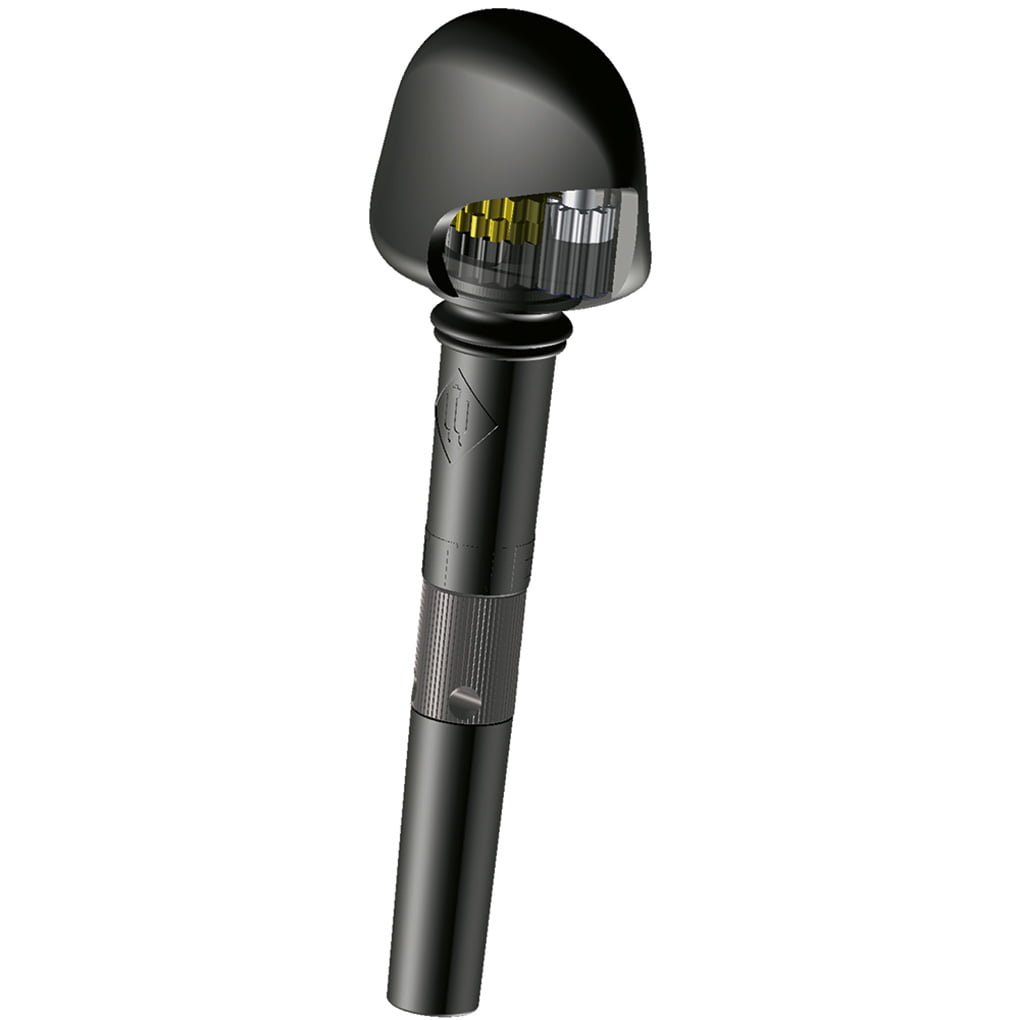

Be prepared to turn and turn and turn and turn the peg before the string is up to pitch. So changing a string is not a fast process. That means that turning the peg will produce only a small amount of change in the string tension. The gearing is set up for very precise tuning, much like guitar machine heads are.

Not a great idea to some but I think it's better than the wear and tear that pegs put on the pegbox and the frustration of learning to use standard ebony pegs.Ģ) Changing strings. I have found that a small dab of standard hide glue to the small (non moving) side of the peg will stabilize everything. So the claim that the pegs won't ever slip isn't quite true in a climate like ours in Minnesota. The pegbox of your instrument is still susceptible to all those changes. So what do I think is not perfect with these pegs?ġ) The pegs themselves are impervious to temperature and humidity changes. I'm amused that in the instructions Wittner provides with the pegs is this line, "The Finetune peg needs not/must not be loosened or tightened in order to tune the instrument." Must not. A simple but ingenious idea that Wittner incorporated into the Finetune pegs. The holes are slightly in different size to accomodate different thicknesses of strings. One close to the peghead side and one a little further away. The taper of the pegs is the same as the standard reamers for stringed instruments: 1:30 for violins, 1:25 for cellos. The small side of the peg has small edges to grip the pegbox. The extra length can be cut, shaped and polished just like an ebony peg.įitting the Finetune Pegs is no harder than fitting a standard set of violin pegs. Wittner Finetune pegs fitted to a violin. On the other hand, I handed the cello over to a cellist after installing the Finetune Pegs for the first time and his response was, "Why aren't these required equipment on EVERY cello?" Yes, they are that easy to use. The turning mechanism does not seem to be accurate enough to get the E string exactly in tune. For the E string, I would recommend still using a fine tuner. No need for other fine tuners, although they won't hurt in a pinch. That is, with most strings, you should be able to use just the pegs to get the string exactly in tune. The gearing in the Wittner pegs seems very accurate. Inside each peg there is a self-inhibiting gear mechanism so you can tune the string up to pitch and it will stay there without pushing the peg in or pulling it out. And because it's synthetic material, it won't be affected by temperature or humidity.

It seems to be the same carbon composite material as their tailpieces and chinrests. The synthetic material of the Wittner pegs feels much better. Reaming the peg hole with a standard 1:30 violin peg reamer I am much happier with the quality and engineering in these pegs. I recently installed Wittner Finetune Pegs in a cello and a violin. I posted about the PlanetaryPerfection Pegs in a previous post. For a student learning to tune, it can be a deal breaker. I also know that Minnesota weather (where our summers are hot and humid and our winters are bitterly cold and dry) can test the limits of even the best fitting pegs and the most patient player. Traditionalists will argue that the standard ebony (or similar very hard wood- rosewood or boxwood) pegs, if fit well, will be all that a player needs to tune well. In fact, it seems that many people give up playing simply because they can't keep their instrument in tune.

Learning to use the pegs on a violin or cello is a very difficult skill. And they should be! But fine tuners on the tailpiece only solves half of the tuning problem. Most student instruments are usually set up with some type of four fine tuner configuration. Learning to tune a stringed instrument can be one of the most frustrating and expensive parts of learning to play.


 0 kommentar(er)
0 kommentar(er)
